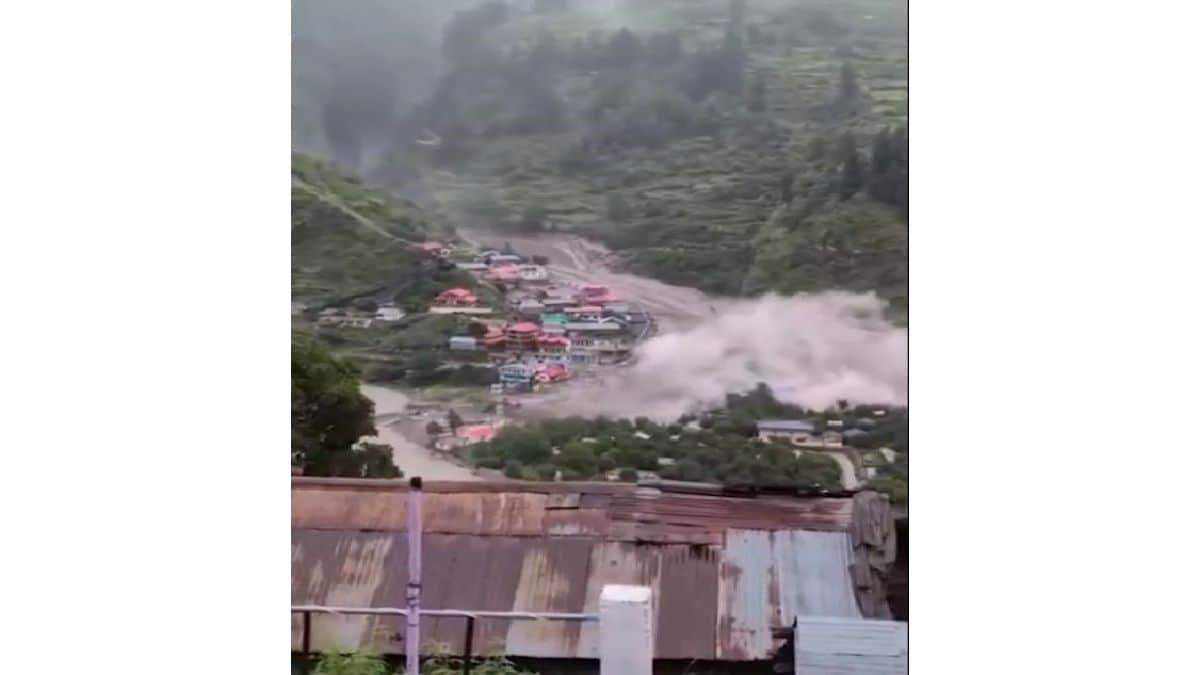

Cloudbursts are a significant concern in mountainous regions like Uttarakhand, often leading to devastating consequences. Recent events, such as the cloudburst in Dharali village in Uttarkashi district on August 5, 2025, which resulted in flash floods and widespread destruction, highlight the urgent need to understand these phenomena. Here are four key things to know about cloudbursts in Uttarakhand:
1. Definition
A cloudburst is characterized by an extreme amount of rainfall within a short period and over a small geographical area. The India Meteorological Department (IMD) defines it as rainfall exceeding 100 mm (approximately 4 inches) in one hour within a 10 km x 10 km area. Some researchers define it as 100-250 mm of rainfall per hour within a 1 square kilometer area. This intense rainfall can lead to sudden flash floods and landslides, especially in hilly regions. The term "cloudburst" doesn't refer to a cloud literally bursting, but rather to the rapid precipitation from cumulonimbus clouds, sometimes accompanied by thunder and hail.
2. Causes
Cloudbursts typically occur due to specific meteorological conditions and topographical features. They happen when warm, moist air rises rapidly over mountains, cools, and condenses quickly, resulting in heavy rainfall. This process, known as orographic lift, is common in mountainous areas like the Himalayas. Other contributing factors include the meeting of warm, moisture-laden air with cooler air at high altitudes, strong upward air movement (convection), and atmospheric instability. The topography of the Himalayas, with its steep slopes and valleys, can trap moisture-filled clouds, leading to intense and localized rainfall. Climate change is also believed to be exacerbating the frequency and intensity of cloudbursts.
3. Frequency
Cloudbursts are common, particularly during the monsoon season, in Himalayan states due to the region's unique topology, wind patterns, and temperature variations between the lower and upper atmosphere. While there's no definitive long-term data indicating a rise in cloudbursts as defined by the IMD, there's a noticeable increase in extreme rainfall events and other extreme weather occurrences, not only in India but globally. Experts suggest that climate change is causing a greater proportion of rainfall to occur within shorter periods, potentially increasing the risk of cloudbursts. However, others argue that cloudbursts have been happening in the Himalayas for ages. Regardless, Uttarakhand's geography makes it highly susceptible to these events. The state lies on the southern slopes of the Himalayas, a young and seismically active mountain range, making it geologically unstable.
4. Disaster Management and Prevention
Cloudbursts are inherently unpredictable, making them difficult to forecast and leaving limited time for evacuation. However, preventive and mitigation measures can minimize their impact. These include avoiding construction in areas prone to flooding and landslides, promoting large-scale tree plantation to reduce soil erosion, and implementing early warning systems. Stricter regulations on construction and tourism in ecologically sensitive zones are also crucial. Disaster management plans should focus on community awareness, preparedness, and rapid response. Following the recent cloudburst in Uttarkashi, rescue operations were launched immediately by the Army, State Disaster Response Force (SDRF), and National Disaster Response Force (NDRF). The focus was on evacuating trapped villagers, providing medical assistance, and searching for missing persons. The Uttarakhand government has also issued helpline numbers for assistance.